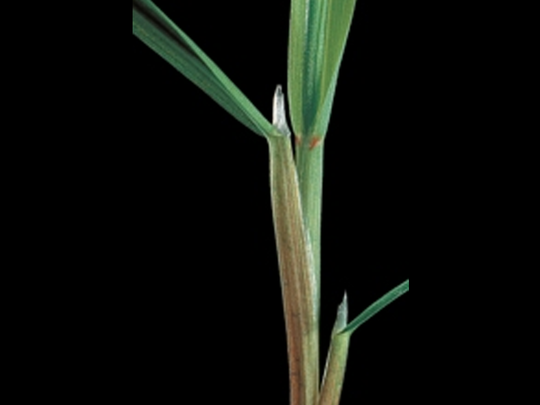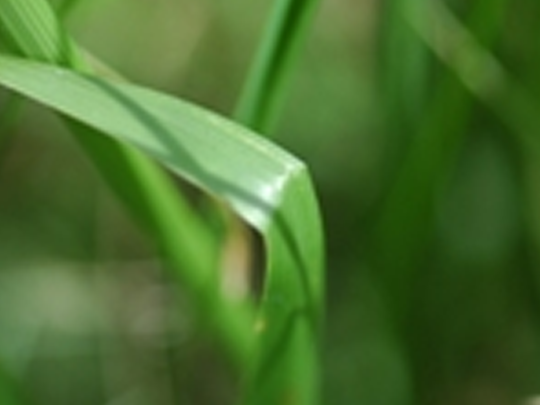| Leaf | Leaf rolled in the bud, leaf sheath open and glabrous. Broad leaf blade up to 20 mm wide with a pointed tip, no ribbing or keel. Ligule long to very long and collar-shaped, white, often split. Auricles absent. |
| Culm | Stiffly erect culm up to 180 cm tall, lower section often branched. New shoots develop after cutting, but few of these produce inflorescences. |
| Inflorescence | Panicles 10–20 cm long. These spread out during flowering, but are otherwise closed. Lower nodes of the main axis each have 2 side branches. Side branches up to 5 cm long with numerous tightly bunched spikelets. |
| Fruit | Grain 3–4 mm long, lanceolate, pointed tip, whitish hairs, tips divergent. Grain whitish grey in colour. Bright yellow veins on lemma. Caryopsis long, flat and ovate, dullish dark brown. The TSW is 0.5–1.1 g. |

